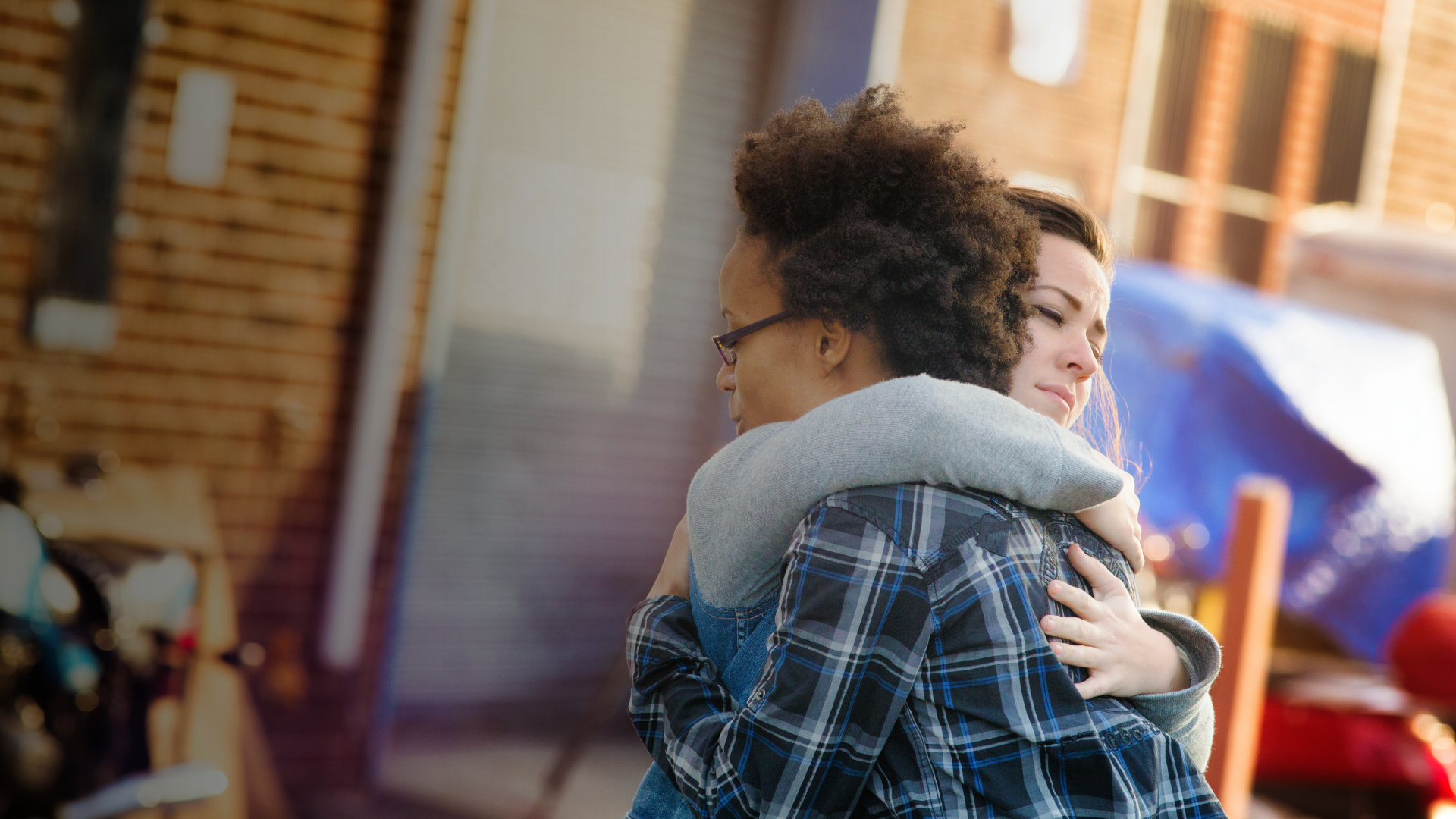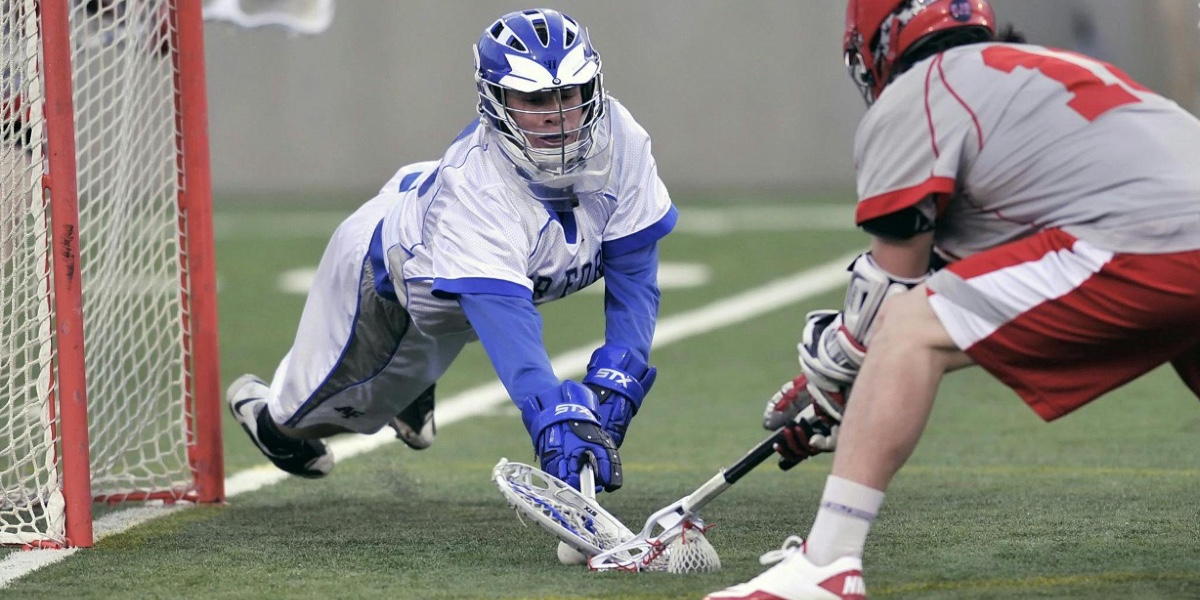In the final moments of 13 Reasons Why’s first season, Hannah Baker, the main protagonist of the series, steps into a bathtub, slits her wrists, and dies alone. The camera doesn’t pan away, doesn’t offer any respite from the horror that unfolds onscreen. It’s gruesome by design, and incredibly difficult to watch.
This scene played out on Netflix screens big and small for the past two years. But after a 2019 study confirmed that 13 Reasons Why led to a 28.9 percent increase in suicide rates among U.S. youth ages 10 to 17 in April 2017, Netflix finally announced that it made the decision to cut the scene entirely. Now it goes from Hannah looking in the mirror to her mother finding her body.
The released data indicates the phenomenon of suicide contagion—the process in which the suicide of one person or multiple people can contribute to a rise in suicidal behaviors among others. The concern with suicide contagion is that it suggests that suicide is a viable or realistic option to escape pain. In the case of 13 Reasons Why, it was the graphic suicide scene coupled with Hannah’s perceived lack of options that created a perfect storm: teenagers were visually shown a way out, but not a path forward.
“Adolescents are really good at making rational decisions when their full cognitive processes are fully connected,” says Dominique Avery, Ph.D., a faculty member in Saybrook’s Counseling department. “The problem is that they get hijacked by emotions so much more easily than adults. Adolescent brains are imbalanced due to differing rates of development in various parts of the brain. Adolescent brains are more sensitive to emotional cues and social pressures. As a result, they are more likely to react from the impulsive, reward-seeking, and emotional subcortical areas (limbic system) rather than accessing the rational, decision making prefrontal cortex under times of stress. You could think that everything's going fine with a teen but then something triggers them and they're not able to look at long-term consequences.”
It’s not necessarily the media that’s the fiend: risk factors can include bullying, stressful or traumatic life events, anxiety disorders, feelings of disconnection, or substance abuse. The media can actually be helpful in showing adolescents that options beyond suicide do exist. And while peer groups, family systems, and schools are valuable resources, teaching teens how to regulate their emotions and conquer that impulsivity is just as important.

Mind-body practices help people cope with unmerciful treatment, a crisis, or other personal trauma, by bringing people back in relation to themselves.

Emotional regulation = mindfulness
“A big part of mindfulness is about emotional regulation,” Dr. Avery explains.
Teaching mindfulness practices—and in turn, helping students with emotional regulation—can be a key preventative tool. If the brain is retrained, and a person learns emotional regulation, then they’re more likely to be able to sit with an uncomfortable emotion, process it, and move on. Because of this, adolescents can learn to regulate when experiencing adverse periods like hyper-arousal (the fight-or-flight response, with feelings of anxiety, panic, and racing thoughts) or hypo-arousal (a freeze response, characterized by feelings of emotional numbness, paralysis, and disassociation).
You may think of traditional mindful practices as breathing exercises or other sensory-grounding experiences. In Dr. Avery’s “Advanced Child and Adolescent Counseling” course, she uses some unconventional methods—like glitter bottles, stress balls, bubble blowing, and calming scents—to help children learn some grounding techniques for when they start to experience a fight-or-flight response. This response is a survival mechanism that allows humans to respond quickly to life-threatening situations, but can now occur from not life-threatening stressors (and can in turn contribute to anxiety and depression).
“Breathing has a huge impact on the vagus nerve, which regulates our autonomic nervous system,” Dr. Avery says. “The vagus nerve controls our heart, lungs, digestive system, and even the tension in our pelvic floor—so everything related to that fight-or-flight response system. If we can learn to calm the fight-or-flight response, then that's going to lead to better emotional regulation.”
This is not to say these practices don’t help in a crisis situation. Darlene Viggiano, Ph.D., adjunct faculty in Saybrook’s Mind-Body Medicine department, extrapolates on the long-term benefits of mindfulness during and after a traumatic experience, including larger mind-body practices.
“Mind-body practices help people cope with unmerciful treatment, a crisis, or other personal trauma, by bringing people back in relation to themselves,” Dr. Viggiano says. “The mind and body are one, but since the time of Descartes, they’ve been treated almost as opposites, which was in itself a trauma to humankind.”
One example of mind-body intervention was with the healing of Marjory Stoneman Douglas (MSD) students following the school shooting on Feb. 14, 2018, in Parkland, Florida.
Studies are clear: surviving school shootings not only negatively impacts academic performance, but can also lead to trauma. According to the National Center for Post-Traumatic Stress Disorder (PTSD), 28 percent of people who witness an American mass shooting develop PTSD. These repeated cycles of stress, much like the fight-or-flight response mentioned above, can lead to long-term consequences for the mind.
The summer after the shooting at MSD, the Broward County Public Schools partnered with the Center for Mind-Body Medicine (CMBM) to create the Comprehensive Wellness Program. To start, they had 180 teachers and service providers across Broward County participate in the Professional Training Program in Mind-Body Medicine, teaching them “the biology and psychology of stress and trauma alongside a comprehensive set of mind-body medicine techniques.”
CMBM also piloted a four-week, mind-body medicine curriculum for all 130 MSD peer counselors, focusing on stress reduction and self-regulation. By the third week, 98 percent of the students who participated slept better, focused more effectively, and were able to cope with panic attacks. These students now will go on to help 3,200 of their peers, effectively creating a wide peer support network and starting the healing process.
“Mind-body medicine definitely has a role in crisis response in terms of being able to get people settled and get them in a space where they're able to start processing,” Dr. Avery says. “If it's something that’s been a part of their practice, then it’s going to be so much easier to get there. For people who don't have really solid emotional regulation, it's going to be much harder to move out of that initial crisis response phase.”

Trauma-informed schools help with crisis response
Even though mind-body medicine can be helpful in crisis situations, the trauma first needs to be identified. If a crisis isn’t as universal as a school-wide shooting, and is more personal to the individual student (like experiencing bullying or violence at home), spotting trauma and providing the student with resources can be tricky.
Adverse Childhood Experiences (ACEs) is a term used to describe the abuse, neglect, and other traumatic experiences that can happen to people under the age of 18. According to the CDC-Kaiser ACE study, dealing with early adversity is related to the following negative future outcomes: physical ailments, unintended pregnancy, STDs, cancer, diabetes, alcohol and drug abuse, mental health disorders, and suicide.
For schools, trauma-informed care (TIC) is a way to combat ACEs. This type of training teaches teachers, support staff, and administrators to recognize the behavioral, emotional, and inter-relational symptoms of trauma, and how to address it. It can be as simple as shifting the language of a question, from “what’s wrong with you?” to “what happened to you?”
Dr. Avery explains the impact ACEs can have by using the example of a traumatized second grader. The child comes to school feeling irritable because of circumstances at home, and because of this, they react disproportionately to what a teacher considers to be a reasonable request. That’s where the trouble begins for teachers with a lack of trauma training.
“What we see in schools is a teacher who feels their authority is being challenged and comes down with an even harder consequence,” Dr. Avery explains. “The child, who doesn’t know how to self-regulate, starts to escalate. It turns into a vicious cycle where staff doesn’t approach students from a trauma-informed way, and kids are suspended or expelled from school because of their trauma-related behavioral issues as a result.”
Little data exists on just how many schools in America are trauma-trained. In August 2018, Denver public schools received a $1 million donation to train teachers in how to understand and respond to trauma. Washington State and Massachusetts both have systematic frameworks in place to enact training into schools to help traumatized students. The state departments of education in Illinois, Wisconsin, and Massachusetts all include resources to address trauma.
The results are beyond promising though: at Lincoln High School in Walla Walla, Washington—which is the subject of the 2015 documentary Paper Tigers—the school had 90 percent fewer suspensions, a threefold increase in college-bound students, and a fivefold increase in graduation rates after incorporating trauma-informed practices.
For kids, having trauma-informed teachers can mean the difference between being re-traumatized or being understood and cared for. It can help them see options where none previously existed. And for kids that are taught mindfulness exercises as more of a preventative measure, it can set them on a clear path forward.
Conversations don’t inevitably begin and end when the school bell tolls. Suicide will remain a reality in communities, across the country, and around the globe—and there will always be a larger conversation about it in the media, even if it retreats to the back of a news cycle. For now, mindfulness can be the starting point to developing a more widespread effort to address trauma.

Learn more about Saybrook University
If you are interested in learning more about the community and academic programs at Saybrook University, fill out the form below to request more information. You can also apply today through our application portal.
Find Out More
Recent Posts





























